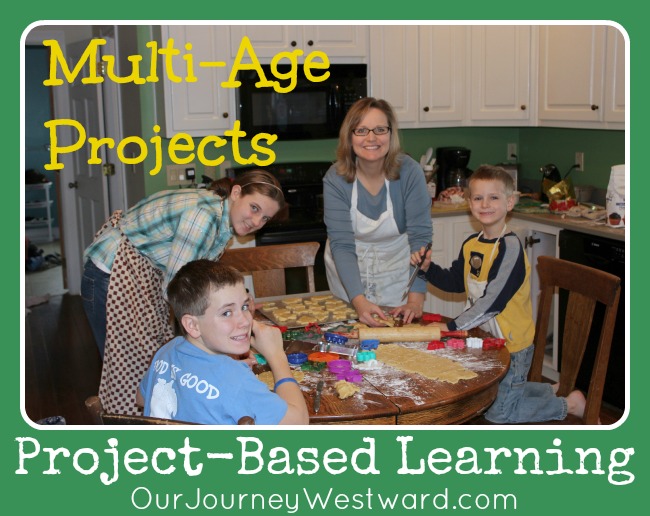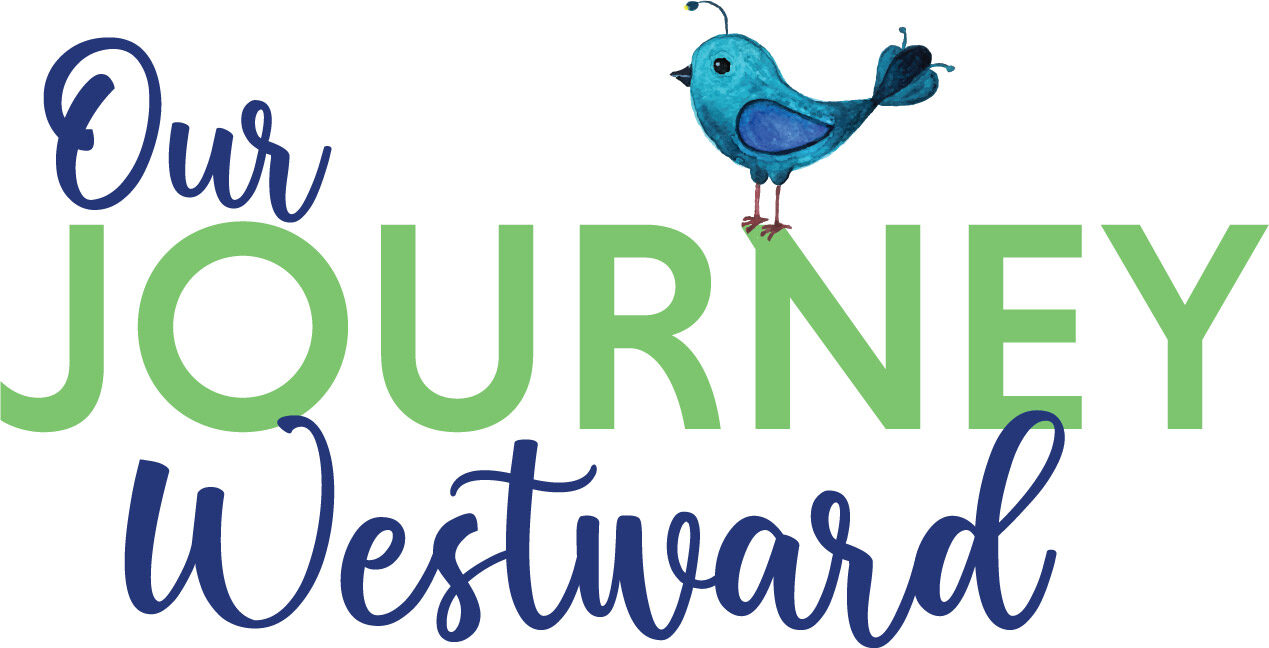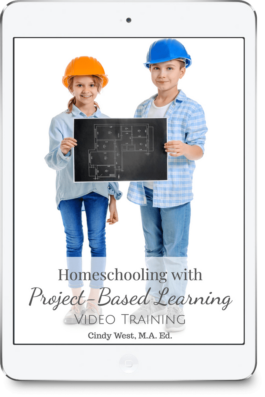Project-Based Learning: Multiple Ages
Do you have more than one child? How about gifted kids? Perhaps struggling learners? Do you have active children? Is hands-on learning a preference? Do your children love to get lost in certain topics? Could they take more ownership of their work? Would you love for them to really “get” what they’re learning? Do you want to teach all of your children the same topic at the same time, at least occasionally?
If even one of these questions is a “yes”, project-based learning is something to seriously consider!

What is Project-Based Learning?
The {very} short definition: Project-based learning is a method where your children dive into a subject and complete a project (or projects) to show what they know.
A more thorough explanation of my view of project-based learning can be found in this post. If you’re unfamiliar with project-based learning, it’s very important to read this first!
Practical Project-Based Learning
Today begins a series of ten posts about integrating project-based learning into a homeschool. The posts are practical and offer plenty of ideas for you to use right away!
Differentiation (aka Teaching Multiple Ages)
I first heard the term differentiation in college – specifically, when learning how to integrate gifted and special needs children into a “regular” classroom. Differentiation means offering learning accommodations for the various needs in a classroom. As I began homeschooling more than one child, I quickly realized that I differentiated daily.
- Giving a 7th grader a 6th-grade grammar book and a 9th-grade math book is differentiating.
- Taking an extra day or two to reteach a tough concept before moving to the next lesson is differentiating.
- Teaching everyone about the Civil War, but expecting different levels of comprehension and work is differentiating.
Whether teaching one or several children, specific needs are being met daily. Even when using textbooks, most of us don’t simply assign lessons day in and day out without making at least some adjustments. Stray from “the plans” to make adjustments for particular children is differentiating.
Differentiation and Project-Based Learning
Project-based learning is a wonderful way to differentiate in almost any circumstance. Here are some examples…
Using Projects To Teach Multiple Ages
How To Assign Different Projects To Multiple Ages
If the entire family is learning about pioneers, the following might be done together:
- Read historical fiction.
- Watch a documentary.
- Take a field trip.
- Play a game.
- Make a pioneer dinner.
- Learn how to quilt.
Individual projects can be completed based on each child’s abilities. Here are some practical examples:
A high schooler might be asked to:
- Read a biography and complete a narrative from the perspective of the person.
- Research the political details of land purchases and their fairness, then compose a speech.
- Create a display board of maps and various details relating to the modes of travel, the well-traveled roads, traveling dangers, etc.
A middle schooler might be asked to:
- Read an informational book about pioneers and create a display board containing at least eight important aspects of pioneer life.
- Write and illustrate a fictional story about life as a pioneer.
- Study the Gold Rush and make a map designating where around the world people came from to find gold.
An elementary student might be asked to:
- Listen to or read a pioneer picture book and narrate it.
- Memorize and recite a simple poem or song from the pioneer days.
- Draw a picture of a covered wagon and explain some things the pioneers might have carried in the wagon.
In doing these varied activities, everyone learns about pioneers, but the expectations for each age, grade, or ability level are vastly different.
How To Assign the Same Projects To Multiple Ages
It’s easy to assign everyone the same project, too, as long as there are different expectations for the result depending on abilities. For example: Everyone in the family may create a display board containing eight aspects of pioneer life. The display boards of some students should contain a more thorough picture with more detailed explanations compared to others at different ages or stages.
So, a high schooler may choose harder informational books to research and create a display board that’s thorough, explicit, colorful, and pleasing to the eye. A middle schooler may choose to read an informational book with slightly less depth and create a slightly less thorough display board. An elementary student may listen while a parent reads a simpler informational book and then create a display board alongside the parent. The elementary board might only contain cut-and-paste pictures and single words or phrases.
Differentiating the Textbook
Even when not teaching multiple children, differentiation happens daily. For instance, what happens when your child is bored, frustrated, or excelling above the textbook? Differentiation!
Here are a few easy examples to help differentiate textbook learning (or any other type of lesson) into meaningful project-based learning:
- Instead of assigning the test at the end of the history chapter, allow the child to choose a project to show what they know.
- Instead of the “boring” text in the chemistry book, allow him to check out a book from the library on each chapter’s topic. Next, demonstrate understanding through experimentation and a short paper.
- Instead of worksheet page after worksheet page, have her create a worksheet page for YOU to complete based on the material learned.
Project-based learning is great for meeting the needs of each particular child’s academic needs and learning styles. It also happens to be a great method for teaching multiple ages similar things at the same time.
Project-Based Learning for Gifted Kids
Project-based learning can be a perfect method of learning for gifted kids. One chapter of Homeschooling Gifted Kids is all about this topic. Nine other chapters can help with other considerations for gifted children
Be sure to come back tomorrow to learn about specific project ideas using poster board. You never knew posters were so versatile!
Learn More About Project-Based Learning
If project-based learning sounds great, but you’d like to know more, check out this Homeschool Masterclass. It will help cast an overall vision of project-based learning and help you see the possibilities through practical examples and ideas.
Here are some more project-based learning ideas!



I really enjoyed this post and am looking forward to the rest of the series.
Blessings
Diane
Thank, Diane!
Oh hooray – I love all your meaty project based learning posts – it is right up our alley. Looking forward to this- thank you!